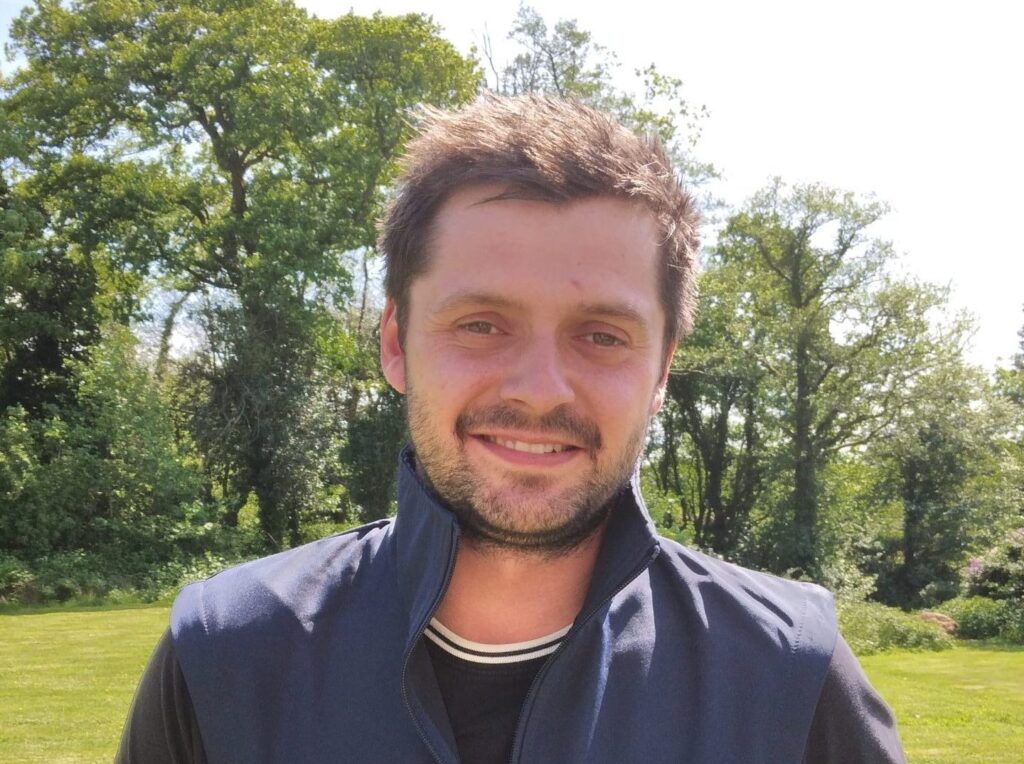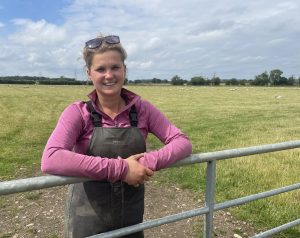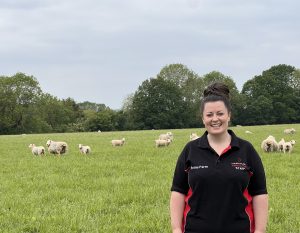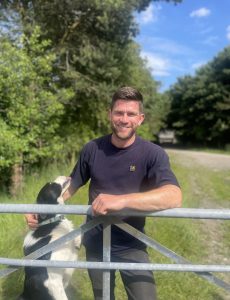with thanks to Stuart Graham, Uppercleuch farm
“Lambing 750 ewes and hoggs this year outdoor in early April was a bit of a milestone for us,” says new farming entrant Stuart Graham, “However it’s proved to us that a forage-based system together with Innovis genetics can offer a future blueprint to maximising output from a low-cost system and ultimately a sustainable sheep enterprise.
“Our Aberfield crosses season scanned 167%, 85% lambed outdoors within the first 17 days in a simple drift lambing system. In fact lambing just happened, I really enjoyed it. I checked the ewes four times a day times and intervention was absolutely minimal. We made the first draw at 11 weeks while last year the majority of the crop was away by late October, sold through the live ring and averaging 42.5kg
“This season for the first time we also ran a portion of our Aberfields with the Highlander, another forage bred and reared damline noted for its maternal traits and prolificacy. The Aberfield ewes spit out their lambs which were very vigorous, they were soon up and away sucking, while the ewes took them away with them. We can honestly say the genetics are really starting to make our lambing as stress-free as possible.”
Plans are to retain the Highlander cross Aberfield gimmer lambs as replacements, optimistic they’ll help towards achieving Staurt’s target 185% scan and reduce mature ewe weight to an average 68kg.
Stuart who began his farming career nine years ago and together with his wife, Chloe achieved an ambition to farm in their own right in 2020 with a 380-acre Crown Estate Scotland tenancy while contract farming another 200 acres nearby.
“We’d been building up a native bred flock before introducing the Aberfield maternal sire five years ago; these crossbred ewes are already proving to be low maintenance sheep able to rear their own bodyweight, and we believe they have the potential to survive the winter on sole forage diets.
“With input costs soaring and little surplus cash, we are planning to eliminate all concentrate fed and replace with forage crops and grazing which when managed well can be better than anything we buy in a bag or comes on a lorry. In turn, we plan to reduce fertiliser to an absolute minimal amount while continuing to produce quality finished lambs and breeding rams for Innovis.”
Both the Aberfield and Highlander rams are performance recorded which Stuart says was a huge bonus. “I’d had my fair share of buying in sheep, however Innovis genetics are doing exactly what they were set out to do. For 20 years, data and technology have been driving these sheep under heavy selection pressure to perform in low cost forage-based systems. Furthermore, the rams demonstrate real power; we’re introducing in a ratio of one to 75 ewes.”
Immediately after lambing, ewes and lambs are introduced to a set stocking system around the steading, after 13 to 14 week weaning lambs are rotated arund silage aftermaths while ewes are held on permanent pasture rising to 600’ to dry off.
“This season we’ll be moving the ewes to overwinter on forage crops. We are planning to drill 40 acres of swedes and kale which should provide sufficient protein and energy to eliminate bought in concentrate, as well as an entry to ryegrass and clover reseeds. We are particularly keen to improve soil health and it all begins with achieving the correct pH which governs the effectiveness of the reseeds. Our target – to drive pH from a current 5.9 to 6.5 in the next five years.”



